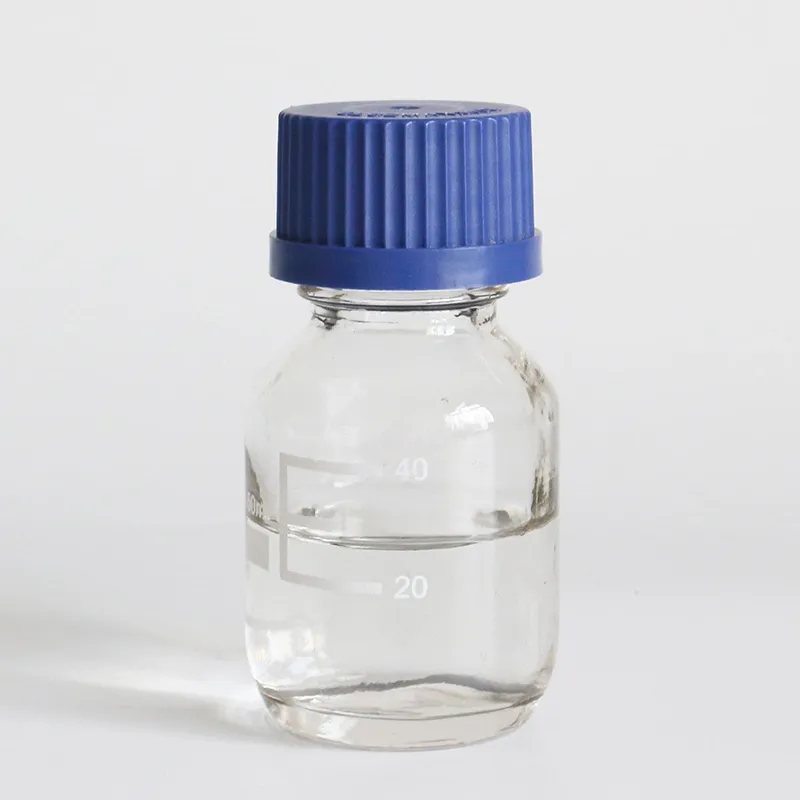Warning: Undefined array key "title" in /home/www/wwwroot/HTML/www.exportstart.com/wp-content/themes/1198/header.php on line 6
Warning: Undefined array key "file" in /home/www/wwwroot/HTML/www.exportstart.com/wp-content/themes/1198/header.php on line 7
Warning: Undefined array key "title" in /home/www/wwwroot/HTML/www.exportstart.com/wp-content/themes/1198/header.php on line 7
Warning: Undefined array key "title" in /home/www/wwwroot/HTML/www.exportstart.com/wp-content/themes/1198/header.php on line 7
- Afrikaans
- Albanian
- Amharic
- Arabic
- Armenian
- Azerbaijani
- Basque
- Belarusian
- Bengali
- Bosnian
- Bulgarian
- Catalan
- Cebuano
- China
- China (Taiwan)
- Corsican
- Croatian
- Czech
- Danish
- Dutch
- English
- Esperanto
- Estonian
- Finnish
- French
- Frisian
- Galician
- Georgian
- German
- Greek
- Gujarati
- Haitian Creole
- hausa
- hawaiian
- Hebrew
- Hindi
- Miao
- Hungarian
- Icelandic
- igbo
- Indonesian
- irish
- Italian
- Japanese
- Javanese
- Kannada
- kazakh
- Khmer
- Rwandese
- Korean
- Kurdish
- Kyrgyz
- Lao
- Latin
- Latvian
- Lithuanian
- Luxembourgish
- Macedonian
- Malgashi
- Malay
- Malayalam
- Maltese
- Maori
- Marathi
- Mongolian
- Myanmar
- Nepali
- Norwegian
- Norwegian
- Occitan
- Pashto
- Persian
- Polish
- Portuguese
- Punjabi
- Romanian
- Russian
- Samoan
- Scottish Gaelic
- Serbian
- Sesotho
- Shona
- Sindhi
- Sinhala
- Slovak
- Slovenian
- Somali
- Spanish
- Sundanese
- Swahili
- Swedish
- Tagalog
- Tajik
- Tamil
- Tatar
- Telugu
- Thai
- Turkish
- Turkmen
- Ukrainian
- Urdu
- Uighur
- Uzbek
- Vietnamese
- Welsh
- Bantu
- Yiddish
- Yoruba
- Zulu
Dec . 01, 2024 15:39 Back to list
application of adipic acid
The Applications of Adipic Acid A Versatile Compound in Modern Industries
Adipic acid, a six-carbon dicarboxylic acid with the molecular formula C6H10O4, is a white crystalline powder that plays a significant role in various industrial applications. Primarily produced through the oxidation of cyclohexanol and cyclohexanone, adipic acid is a key intermediate in the production of nylon and other polymers. Its versatility and chemical properties make it a valuable compound across multiple sectors, ranging from textiles to food production.
1. Nylon Production
One of the most significant applications of adipic acid is in the manufacture of nylon 66, a synthetic polymer widely used in textiles, automotive parts, and industrial applications. When combined with hexamethylenediamine, adipic acid forms nylon 66 through a condensation polymerization process. This type of nylon is known for its excellent mechanical properties, thermal stability, and resistance to abrasion. The growth of the textile industry and the rising demand for durable and lightweight materials have further fueled the need for nylon, making adipic acid a foundational component in this sector.
2. Polyurethanes and Resins
Adipic acid is also utilized in the production of polyurethanes and unsaturated polyesters. Polyurethanes, which are polymer compounds featuring urethane linkages, are used in a variety of applications including foams, coatings, elastomers, and adhesives. The incorporation of adipic acid in these products enhances their performance characteristics, such as flexibility, durability, and resistance to deformation. Additionally, it serves as a building block in the synthesis of aliphatic polyesters that are used extensively in the manufacture of biodegradable plastics, thereby contributing to the development of environmentally friendly alternatives to traditional petroleum-based plastics.
application of adipic acid

Beyond its role in plastics and polymers, adipic acid has applications in the food industry. It is recognized as a food additive and is classified under the E-number E355. Adipic acid is used as an acidity regulator and a flavoring agent in a variety of food products, including jellies, jams, and soft drinks. Its ability to provide a slightly tart flavor makes it a popular choice among food manufacturers seeking to enhance product taste profiles. Furthermore, its role as a pH regulator helps in maintaining the stability and shelf life of food products, which is essential in a market increasingly focused on quality and safety.
4. Pharmaceuticals and Personal Care Products
Adipic acid is also important in the pharmaceutical and personal care industries. It serves as an excipient in the formulation of various medications, aiding in the stabilization and delivery of active ingredients. Moreover, its derivative compounds are employed in the synthesis of certain drugs and preservatives, making it a vital component in ensuring the efficacy and safety of pharmaceutical products. In personal care formulations, adipic acid is found in skin creams and cosmetics where it acts as a pH adjuster or a stabilizing agent, thereby improving the product's texture and performance.
5. Emerging Research and Sustainable Practices
As global emphasis shifts towards sustainability, research is ongoing to explore the application of adipic acid sourced from renewable resources, such as biomass. Bio-based adipic acid production methods can potentially mitigate the environmental impact associated with its traditional petroleum-derived counterparts. This transition aligns with the broader trend towards green chemistry and the development of sustainable manufacturing practices across industries.
Conclusion
In conclusion, adipic acid is a multifunctional compound with a wide range of applications that underscore its importance in modern industries. From its critical role in nylon production to its use in food, pharmaceuticals, and personal care products, adipic acid exemplifies the intricate interplay between chemical compounds and various sectors of the economy. As industries continue to innovate and strive for sustainability, the applications of adipic acid are likely to expand, making it an essential focus of research and development in the years to come. The adaptability and functionality of this compound make it a staple in both established and emerging markets, highlighting its lasting relevance in the chemical landscape.
Latest news
-
Certifications for Vegetarian and Xanthan Gum Vegetarian
NewsJun.17,2025
-
Sustainability Trends Reshaping the SLES N70 Market
NewsJun.17,2025
-
Propylene Glycol Use in Vaccines: Balancing Function and Perception
NewsJun.17,2025
-
Petroleum Jelly in Skincare: Balancing Benefits and Backlash
NewsJun.17,2025
-
Energy Price Volatility and Ripple Effect on Caprolactam Markets
NewsJun.17,2025
-
Spectroscopic Techniques for Adipic Acid Molecular Weight
NewsJun.17,2025

